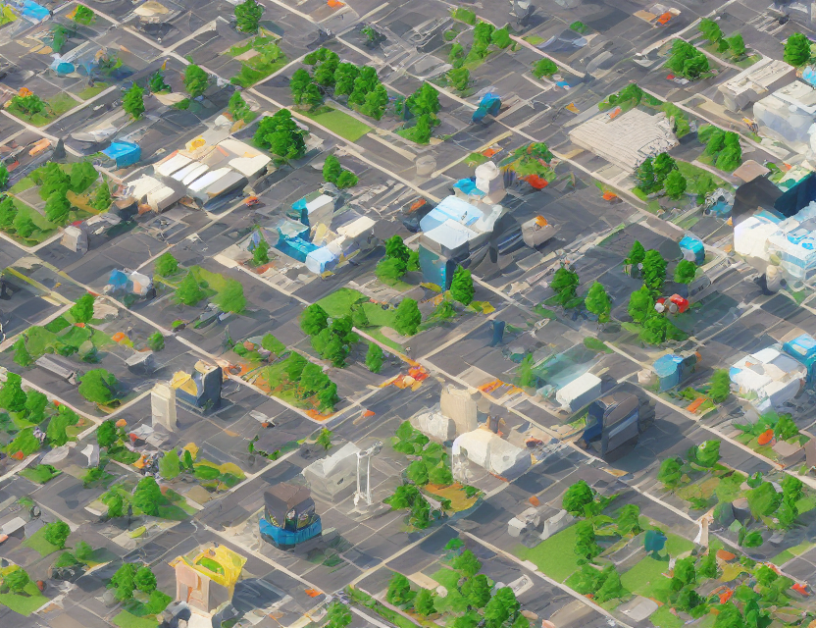Fair division is a concept that has been around for centuries, but it wasn’t until recently that mathematicians and computer scientists started to study it seriously. In this article, we will explore the current state of fair division research, including new algorithms and techniques that have been developed in recent years. We will also discuss some of the challenges that remain in this field and how they can be addressed.
Section 1: Background and History of Fair Division
Fair division is a problem that arises when a group of people want to divide a set of goods or resources in a way that is considered fair. The problem has been around for centuries, but it wasn’t until the 20th century that mathematicians started to study it seriously. In the 1960s and 1970s, researchers developed algorithms for solving fair division problems, which were based on the idea of distributing goods in a way that maximizes the total value of the goods allocated.
Section 2: New Algorithms and Techniques
In recent years, there have been several new algorithms and techniques developed for fair division. One of the most significant advances has been the development of "almost envy-freen" algorithms, which are based on the idea of dividing goods in a way that minimizes the differences between the values allocated to each agent. These algorithms have been shown to be effective in many cases and have led to a better understanding of how to solve fair division problems.
Another important area of research has been the study of "fairness metrics," which are used to measure the fairness of a division. There are several different metrics that have been proposed, each with its own strengths and weaknesses. Researchers are continuing to explore these metrics and develop new ones that can be used to evaluate the fairness of a division.
Section 3: Challenges in Fair Division
Despite the progress that has been made in fair division research, there are still several challenges that remain. One of the biggest challenges is dealing with "non-uniform valuations," which occur when the values of the goods being divided are not equal. This can make it difficult to find a fair division, as the values of the goods must be taken into account.
Another challenge is dealing with "incomplete information," which occurs when some of the agents in the group do not have all of the information about the goods being divided. This can lead to conflicts and disagreements among the agents, making it more difficult to find a fair division.
Section 4: Future Research Directions
There are several areas of research that are likely to be important in the future for fair division. One of these is the development of "private" algorithms, which allow agents to make decisions without revealing their values to other agents. This is important because some agents may not want to reveal their valuations to others, either due to privacy concerns or because they do not trust the other agents.
Another area of research is the study of "real-world" fair division problems, which are those that arise in real-life situations. These problems can be much more complex than theoretical problems and require the development of new algorithms and techniques.
Conclusion
In conclusion, fair division is a problem that has been around for centuries but has only recently been studied seriously by mathematicians and computer scientists. There have been several new algorithms and techniques developed in recent years, including almost envy-freen algorithms and fairness metrics. However, there are still several challenges that remain, such as dealing with non-uniform valuations and incomplete information. Future research directions include the development of private algorithms and the study of real-world fair division problems. By continuing to explore these areas, we can continue to improve our understanding of how to solve fair division problems and develop new techniques for solving them.



